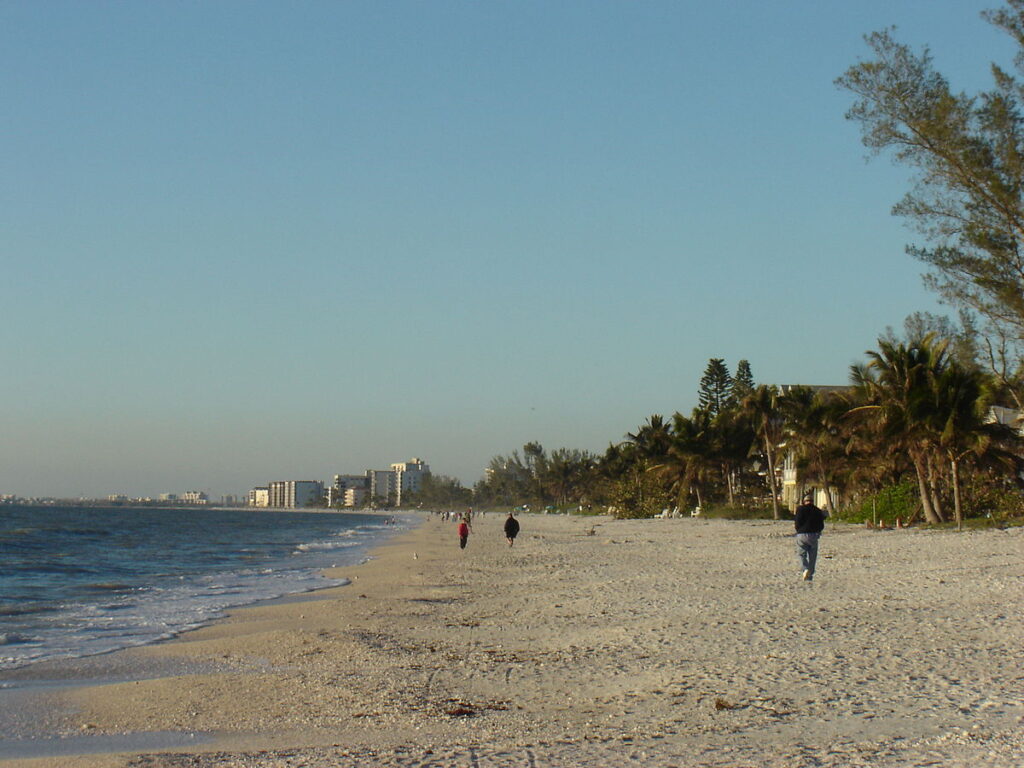
Moving to Bonita Springs, Florida: A Comprehensive Relocation Guide
Considering moving to Bonita Springs, Florida? Between Naples and Fort Myers, Bonita Springs mixes Gulf beaches, nature preserves, and master-planned communities. This 2025 guide covers demographics, costs, jobs, schools, recreation, healthcare, and transit.
Demographic Profile to Consider If Moving to Bonita Springs:
With about 60,000 residents, Bonita offers coastal condos along Hickory Boulevard and single-family homes east of US-41. Snowbirds, retirees, and families are drawn by beaches and golf-centric neighborhoods. Find trusted local services for moving, living, and working in Bonita Springs.Bonita Springs Relocation Directory
Cost of Living to Consider If Moving to Bonita Springs:
Home values in 2025 sit above state averages, especially west of US-41 and near the Gulf. Inland master-planned communities provide more attainable options with resort amenities. Florida’s tax structure supports long-term residency.
Economy and Job Market:
Tourism/hospitality, healthcare, construction, and professional services lead. Proximity to Naples and Fort Myers expands roles in banking, biotech, and education. Seasonal employment is common.
Education:
Served by the School District of Lee County with various choice/academy programs. Nearby higher ed includes Florida Gulf Coast University and Hodges University.
Recreation and Lifestyle:
Bonita Beach Park, Lovers Key State Park, and the Imperial River enable boating, kayaking, and beach days. Golf/tennis clubs and Coconut Point shopping offer year-round activity.
Healthcare and Services:
Lee Health and NCH provide hospitals and specialty care; numerous clinics and urgent care sites serve US-41 and I-75 corridors.
Transportation:
US-41 and I-75 connect the corridor; regional buses by LeeTran. RSW airport is ~25 minutes.
Conclusion:
Moving to Bonita Springs in 2025 offers Gulf-side recreation and planned-community comfort close to major Southwest Florida employers.

